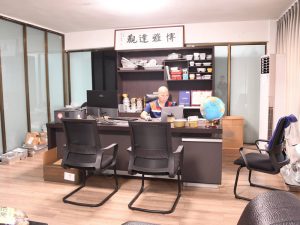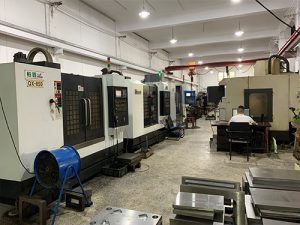Call us now:
Introduction
The automotive industry is diverse and complex, involving a wide range of materials and technologies. Rubber products play a crucial role in this industry, from tires to seals, from anti-vibration components to hoses, rubber products are ubiquitous. This article explores the advantages of automotive rubber products and their future trends.
Advantages of Automotive Rubber Products
1. Durability and Resilience
Rubber products are known for their durability and resilience. They can withstand extreme temperatures, harsh weather conditions, and exposure to chemicals. This makes them ideal for use in various automotive applications where they need to perform reliably under tough conditions.
2. Flexibility and Elasticity
Rubber’s inherent flexibility and elasticity make it an excellent material for components that require movement and deformation. For instance, rubber bushings and mounts help absorb shocks and vibrations, improving ride comfort and vehicle stability.
3. Sealing Properties
Rubber is widely used in seals and gaskets due to its excellent sealing properties. These components prevent leaks of fluids and gases, ensuring the proper functioning of the engine, transmission, and other systems. Effective sealing also contributes to vehicle safety and performance.
4. Cost-Effectiveness
Rubber products are generally cost-effective to produce and maintain. The raw materials and manufacturing processes are relatively inexpensive, making rubber an economical choice for many automotive applications. Additionally, the longevity of rubber components reduces the need for frequent replacements, further lowering costs.
5. Versatility
Rubber can be formulated to meet specific requirements, offering a high degree of versatility. It can be engineered to possess various properties such as heat resistance, oil resistance, or increased hardness, depending on the application. This adaptability allows rubber products to be used in a wide range of automotive parts.
Trends in Automotive Rubber Products
1. Sustainable and Eco-Friendly Materials
With increasing environmental awareness, there is a growing demand for sustainable and eco-friendly rubber materials. The automotive industry is exploring alternatives such as natural rubber and recycled rubber, as well as bio-based rubber materials that reduce the environmental impact.
2. Advanced Manufacturing Technologies
Advancements in manufacturing technologies, such as 3D printing and advanced molding techniques, are revolutionizing the production of rubber products. These technologies allow for more precise and complex designs, improving the performance and functionality of rubber components.
3. Enhanced Performance and Durability
Research and development efforts are focused on enhancing the performance and durability of rubber products. Innovations in rubber compounding and the use of advanced additives are leading to products with superior heat resistance, abrasion resistance, and longevity.
4. Lightweight Materials
The automotive industry is continuously striving to reduce vehicle weight to improve fuel efficiency and reduce emissions. Rubber products are being developed with lightweight formulations that maintain their performance characteristics while contributing to overall weight reduction.
5. Integration with Smart Technologies
The integration of smart technologies into rubber products is an emerging trend. Sensors and other electronic components can be embedded into rubber parts to monitor their condition and performance in real time. This integration enables predictive maintenance and enhances vehicle safety and reliability.
Conclusion
Automotive rubber products offer numerous advantages, including durability, flexibility, excellent sealing properties, cost-effectiveness, and versatility. As the automotive industry evolves, the demand for advanced, sustainable, and high-performance rubber products is expected to grow. By embracing new materials and technologies, the future of automotive rubber products looks promising, driving innovation and improving vehicle performance and sustainability.



